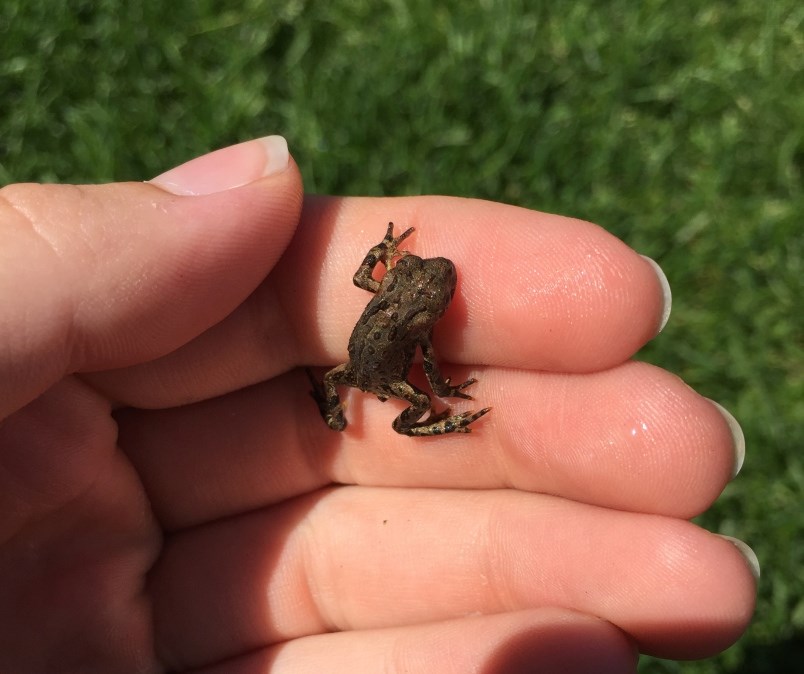An annual mystery is upon us. What we know about the Western toad in Squamish, specifically at Alice Lake Provincial Park, is little. They breed at Edith and Fawn lakes and migrate across popular trails to burrow underground for the winter, but there's no hard data about how many toads there are or exactly what their schedule is.
This is what a new study is hoping to find out.
"We know they're there, but we don't know much about them.
"Amphibians populations around the world are in decline," Rachel Shephard of the Squamish Environment Society said. "It just seems like something we should try and gather more information about them so that we can better understand the population dynamics there. A key goal for BC Parks with increasing park use is to try and mitigate any potential impacts from park users."
The western toad is federally listed as a species of special concern, and yellow listed within B.C. People could be unintentionally disturbing breeding areas in the lake, near the shore and on the trails. In Whistler, the municipality now installs signs and implements closures for the western toad migration at Lost Lake after a similar study determined when the migration happens.
The Squamish Environment Society proposed the citizen science project to BC Parks last fall, and the multi-year study began this spring. Volunteers and conservation specialists will take to the lake by kayak and the trails on foot as they survey mating, egg masses, tadpole development and toadlets migrating into the forest. Each year, they'll be able to review new data to see if there's fluctuation or trends from what they gather in 2019.
Shephard said the migration at Alice Lake Provincial Park is variable depending on temperatures, so timeframes are currently vague.
Of the project's current stage, Shephard said, the society is "Trying to get a sense of where the tadpoles are in the lakes, where they're aggregating and generally keeping an eye on their development so we can have as good an estimate as possible about when they're going to be starting their migration as toadlets once they finished their metamorphosis."
Western toads can be identified by their warty appearance and stripe running down their backs.
Want to get involved? Everyone visiting the park is reminded not to handle the eggs, tadpoles or western toads and preserve habitat by staying on established trails. If you spot any western toads in any stage of life, you can send observations, information and photos to the Squamish Environment Society at [email protected].
Other citizen science projects the Squamish Environment Society is working on include the Squamish biodiversity project, which documents from ocean to alpine. Purple martin bird boxes recently joined the Estuary's landscape, and the society asks community members to report sightings of purple martins. Of course, the monthly bird counts welcome counters.
"By involving the community, we hope that we can raise awareness of species and ecosystems of concern and encourage stewardship," Shephard said.
Find out more at www.squamishenvironment.ca.



